Subscribe to our newsletter and always be the first to hear about what is happening.
Introduction of Phosphate Ore
Jun 08, 2024Phosphate rock refers to the general term for phosphate minerals that can be used economically. It is an important chemical mineral raw material. It can be used to make phosphate fertilizer, yellow phosphorus, phosphoric acid, phosphide and other phosphates. These products are widely used in agriculture, medicine, food, matches, dyes, sugar, ceramics, national defense and other industrial sectors.

Phosphate minerals can be divided into three types according to their mineralization origin: sedimentary rocks, metamorphic rocks and igneous rocks. At present, about 85% of industrially mined phosphate is marine sedimentary phosphate, and the rest is mainly igneous phosphate.
It can also be divided into two types: apatite and phosphorite. Apatite refers to the phosphate ore in which phosphorus appears in the form of crystalline apatite in igneous rocks and metamorphic rocks, while phosphorite is an accumulation formed by exogenous action, composed of crypto crystalline or micro-crypto crystalline apatite and other gangue minerals.
Globally, phosphate resources are mainly distributed in Africa, North America, South America, Asia and the Middle East, of which more than 80% are concentrated in Morocco and Western Sahara, South Africa, the United States, China, Jordan and Russia. China is a country with rich reserves of phosphate resources, ranking second in the world, second only to Morocco and Western Sahara.
Phosphate rock is an important chemical mineral raw material with a wide range of uses, mainly including the following aspects:
1. Phosphate fertilizer production: About 84% to 90% of the world's phosphate rock is used to produce various phosphate fertilizers, which are essential nutrients for plant growth and play a key role in increasing crop yields.
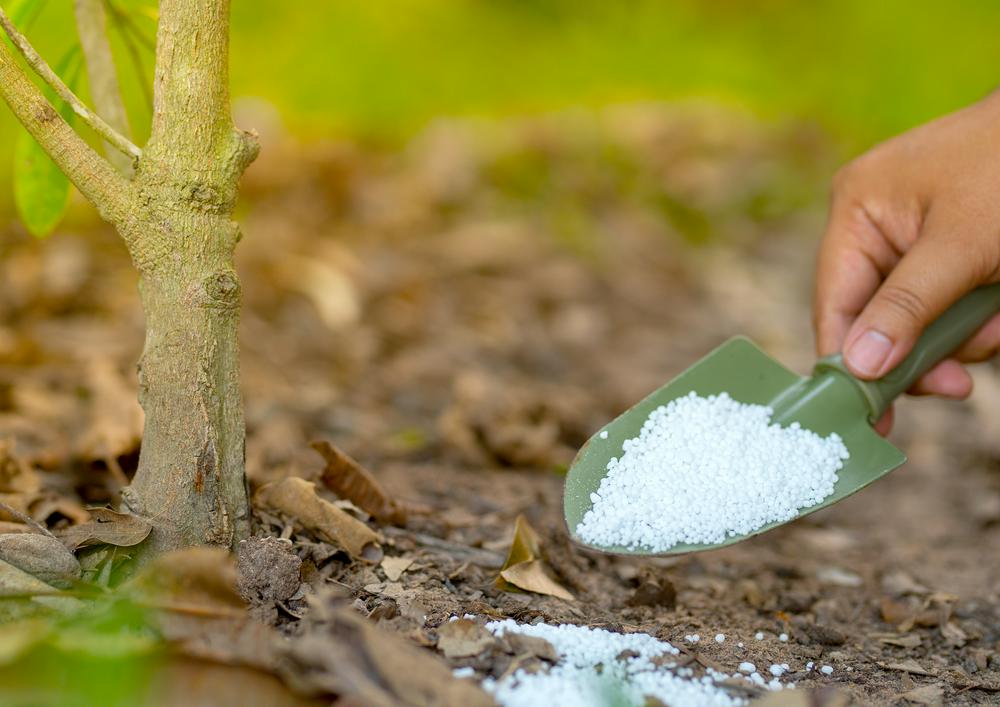
2. Production of yellow phosphorus and phosphoric acid: Some phosphate rocks are used to produce pure phosphorus (yellow phosphorus) and chemical raw materials. Yellow phosphorus can be used to make pesticides, incendiary bombs, tracer bombs, signal bombs, smoke bombs, ignition agents, etc. Phosphides of phosphorus, boron, indium, and gallium are used in the semiconductor industry.
3. Production of other phosphates: used in the metallurgical industry to refine phosphor bronze, phosphorus-containing pig iron, cast iron, etc. Zirconium phosphate, titanium phosphate, silicon phosphate, etc. can be used as coatings, pigments, adhesives, ion exchangers, adsorbents, etc. Sodium phosphate and disodium hydrogen phosphate are used to purify boiler water, and the latter can also be used to make artificial silk. Sodium hexametaphosphate can be used as a water softener and metal preservative, calcium phosphate salts are used as animal feed additives, and phosphorus derivatives are used in medicine.
4. Other applications: With the widespread use of lithium batteries, the demand for phosphate ore is gradually increasing. Fluorapatite crystal is the most ideal laser emission material, and phosphate glass lasers have been used.

5. Comprehensive utilization: Phosphate ore is often accompanied by uranium, lithium, beryllium, cerium, lanthanum, strontium, gallium, vanadium, titanium, iron ore, etc. Most of them are rare substances urgently needed for the development of cutting-edge industries and can be comprehensively recycled.
There are two main methods of phosphate mining: open-pit mining and underground mining:
Open pit mining
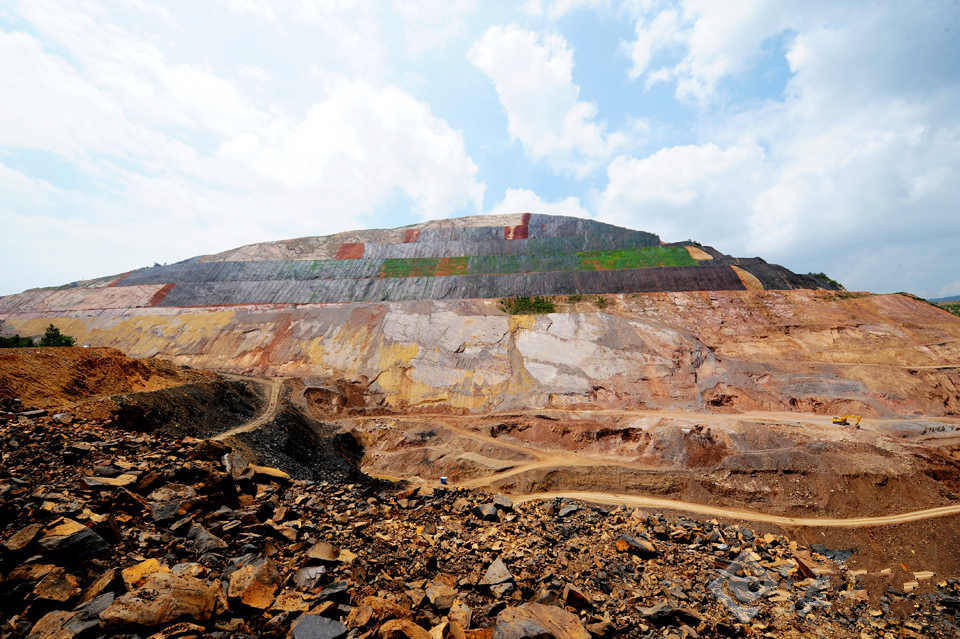
Open pit mining is suitable for situations where the ore deposit is shallow, the overburden is thin, and the ore grade is high. This method usually includes the following steps:
1. Surface Clearing: Clearing the surface of the mining area to remove debris and vegetation.
2. Explosive crushing: using blasting technology to break the ore into smaller particles.
3. Excavation and transportation: Use excavators to dig out the crushed ore and transport it to the ore processing plant by transport vehicles.
4. Ore processing: The excavated ore is crushed, screened, washed and processed to obtain ore products that meet the requirements.
Underground mining
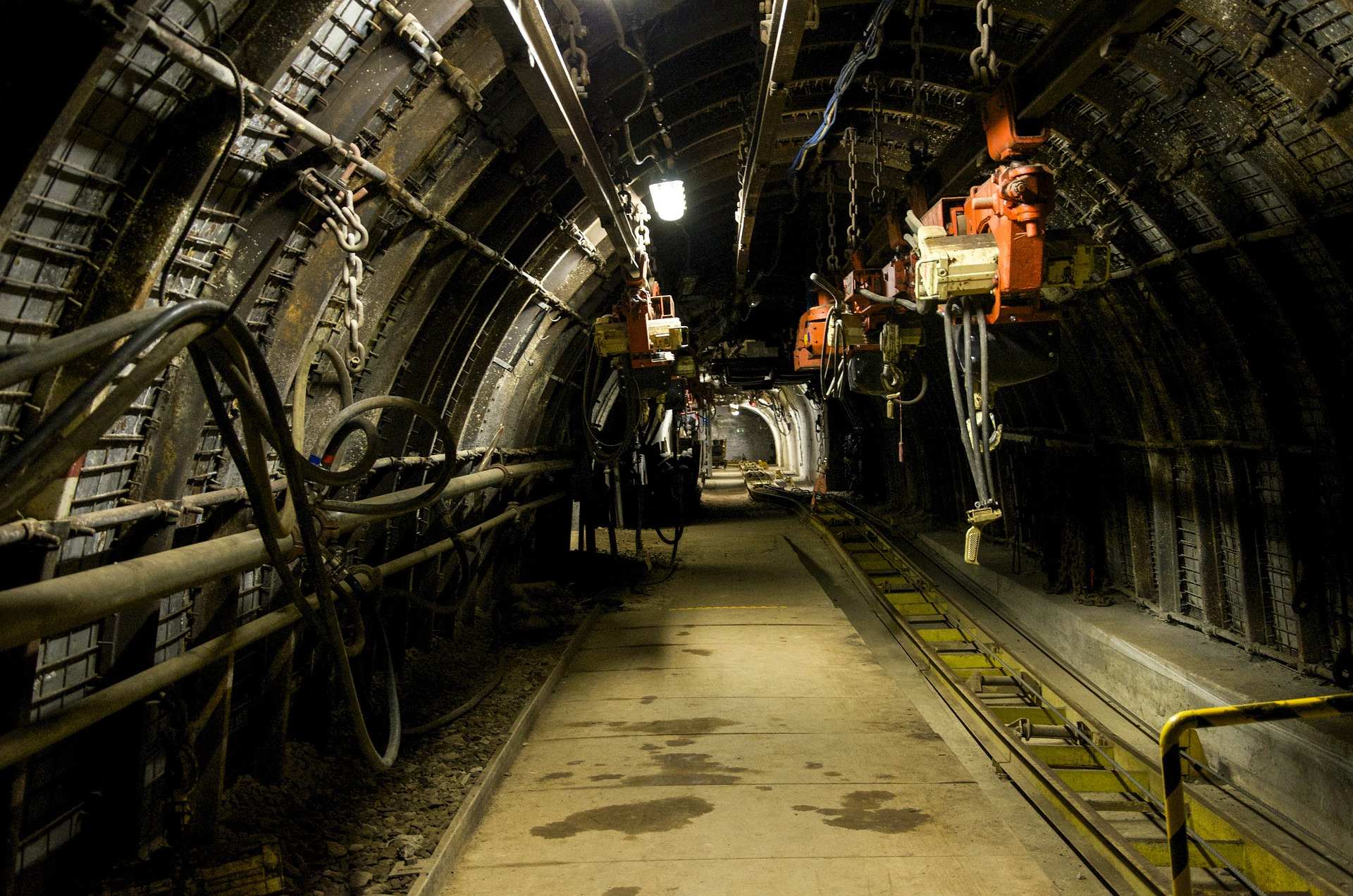
Underground mining is suitable for situations where phosphate deposits are buried deep and the ore distribution is relatively uneven. Compared with open-pit mining, underground mining requires more underground engineering construction, but its mining effect is more stable and the utilization rate of ore resources is higher. The specific steps include:
1. Construction of shafts and tunnels: digging shafts and tunnels underground for the transportation of ore and the entry and exit of personnel.
2. Ore body detection: Detect the occurrence of ore bodies through drilling, geological exploration and other methods to determine the mining plan.Ore body detection: Detect the occurrence of ore bodies through drilling, geological exploration and other methods to determine the mining plan.
3. Ore mining: Explosion, tunneling and other methods are used to extract ore from underground.
4. Ore processing: Similar to open-pit mining, the excavated ore is crushed, screened, washed, and processed to obtain ore products that meet the requirements.
The processing of phosphate rock mainly includes the following steps:
1. Crushing: Crushing the raw ore to a particle size suitable for further processing.
2. Grinding: Grind the crushed ore to make it finer and increase the surface area for subsequent mineral processing.
3. Sorting: Use manual or machine methods to separate the crushed ore into good ore and impurities according to the surface characteristics of the ore.
4. Flotation: The ground ore is placed in a flotation tank together with a flotation agent. The ore and the flotation agent are adsorbed by bubbles, thereby separating the ore from impurities.
5. Desliming: Desliming the ore after flotation to remove the mud and impurities generated during the flotation process.
6. Concentrate treatment: The desludged ore is concentrated to improve the grade of the ore.
7. Tailings treatment: The tailings after concentrate treatment are treated to recover useful minerals or to carry out environmentally friendly treatment.
In the process of phosphate rock processing, key technologies include:
Equipment selection: In the process of phosphate ore beneficiation, commonly used equipment includes jaw crusher, ball mill, sorting machine, flotation machine, spiral chute, etc. The selection of these equipment needs to consider factors such as the nature of the ore, processing capacity, and energy consumption.
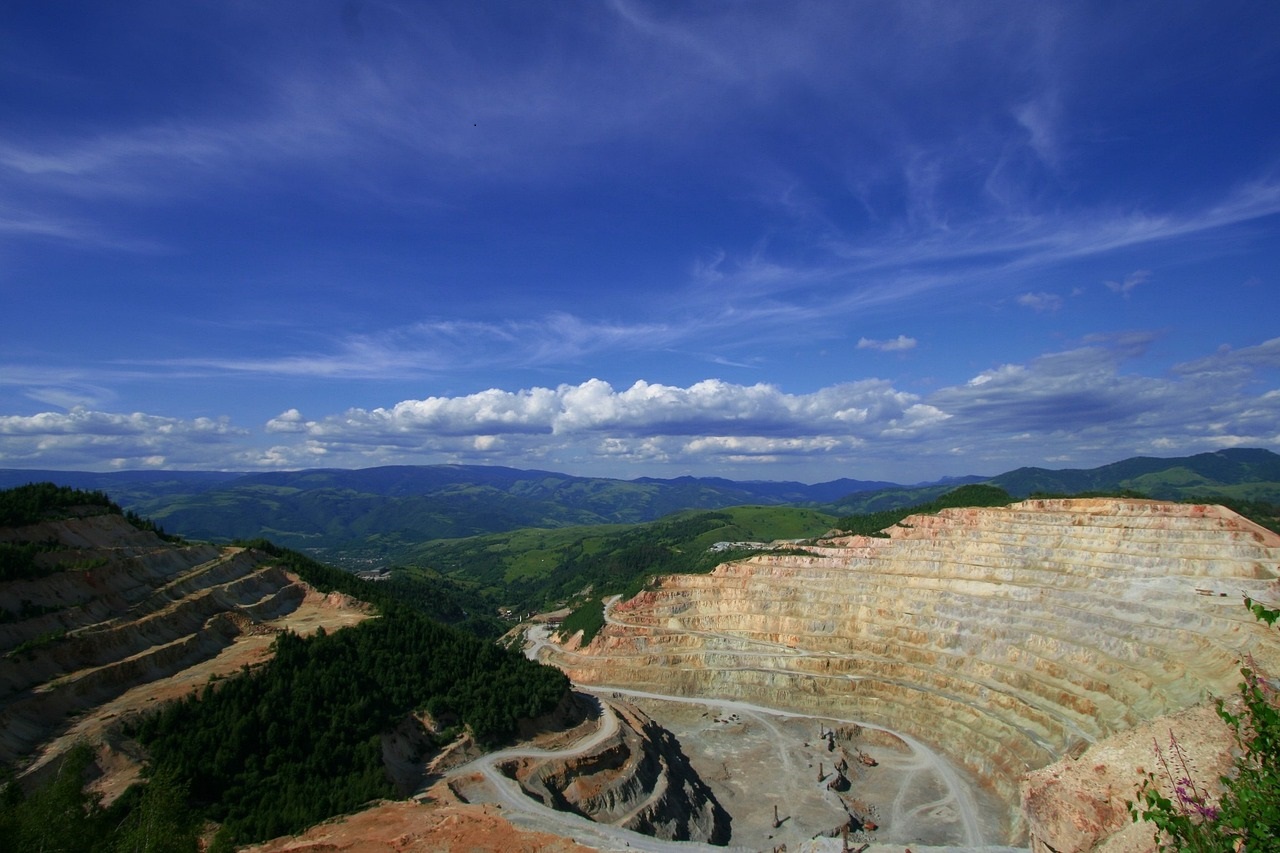
The phosphate rock processing process may cause certain impacts on the environment, including water pollution, air pollution, soil pollution and ecological damage. In order to mitigate these impacts, the following measures can be taken:
1. Establish environmental protection departments and systems: ensure that the phosphate rock processing process complies with environmental protection standards and prevents pollutant emissions.
2. Implement technological transformation and construction of new facilities: adopt advanced processing technologies and equipment to reduce the generation of pollutants.
3. Strengthen safety monitoring and forecasting: monitor environmental changes during the processing process and take timely measures to address potential risks.
4. Increase investment in environmental protection: Invest in environmental protection projects to improve environmental conditions during the treatment process.
5. Reduce pollution sources: optimize treatment processes to reduce the generation of pollutants.
6. Wastewater treatment: Treat the wastewater generated during the treatment process to ensure that the water quality meets the standards before discharge.
7. Solid waste treatment: Properly handle the solid waste generated during the treatment process to avoid pollution to the environment.
8. Green mining concept and construction of demonstration bases: Promote the concept of green mining, build demonstration bases, and demonstrate environmentally friendly and efficient phosphate rock processing technology.
9. Groundwater ecological environment protection and restoration management: protect groundwater resources, repair polluted groundwater, and restore ecological balance.
In recent years, phosphate rock processing technology has been continuously innovating, and some new processing methods have emerged, such as photoelectric separation, microbial treatment, dry electrostatic separation, magnetic cover method and selective flocculation process, etc. The application of these new technologies helps to improve the processing efficiency and resource utilization of phosphate rock, while reducing the impact on the environment.
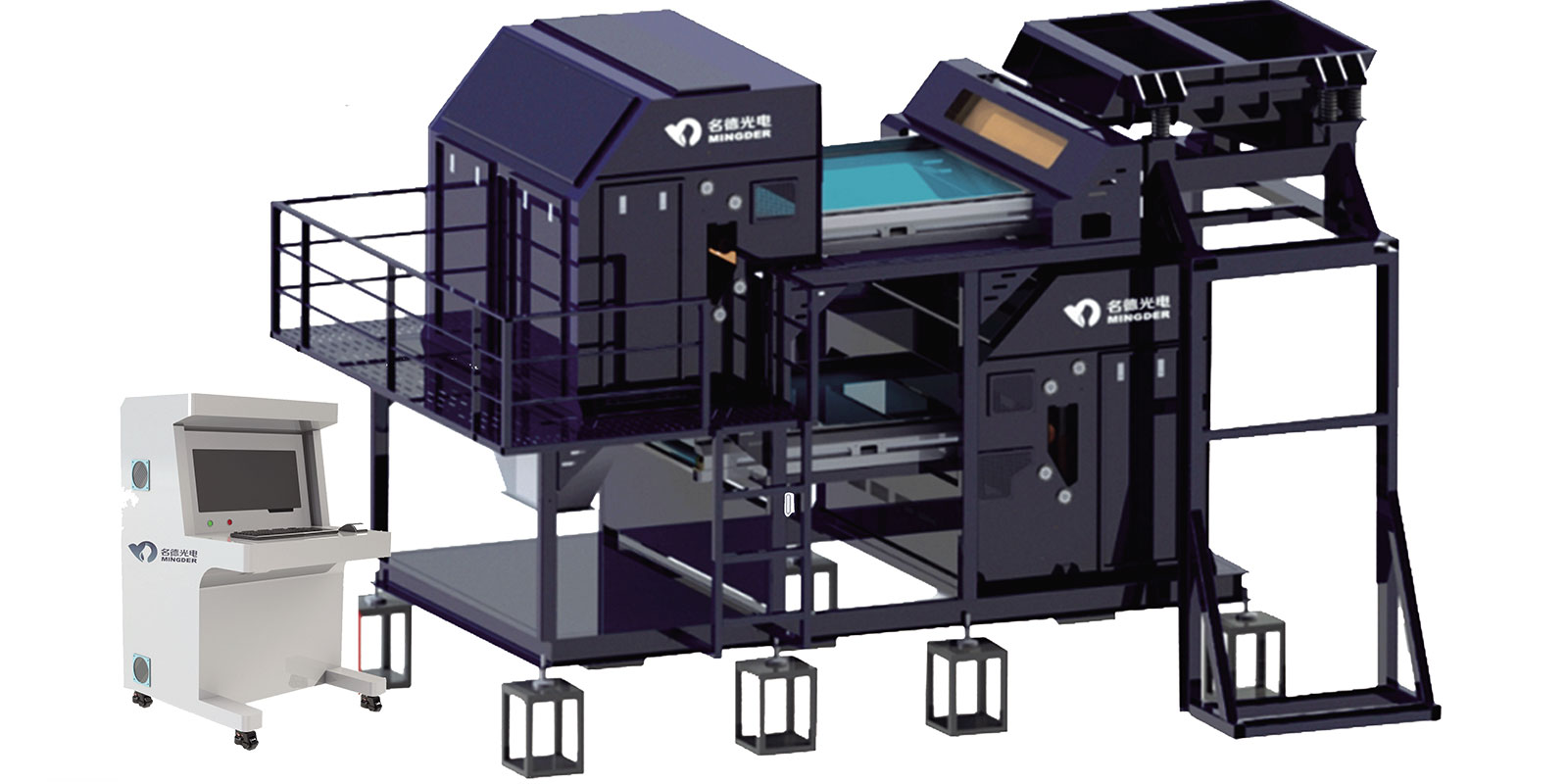
https://www.mdoresorting.com/mingde-ai-sorting-machine-separate-quartzmicafeldspar-from-pegmatite
As a leading optoelectronic sorting company in China, MINGDE Optoelectronics has launched an artificial intelligence sorting machine that can accurately sort minerals based on their texture, gloss, shape, color and other surface features. This can effectively improve the comprehensive utilization of ores and reduce sorting costs. It is simple to operate and efficient. The only consumption in the mineral processing process is electricity, which is fully in line with the current society's requirements for green environmental protection.
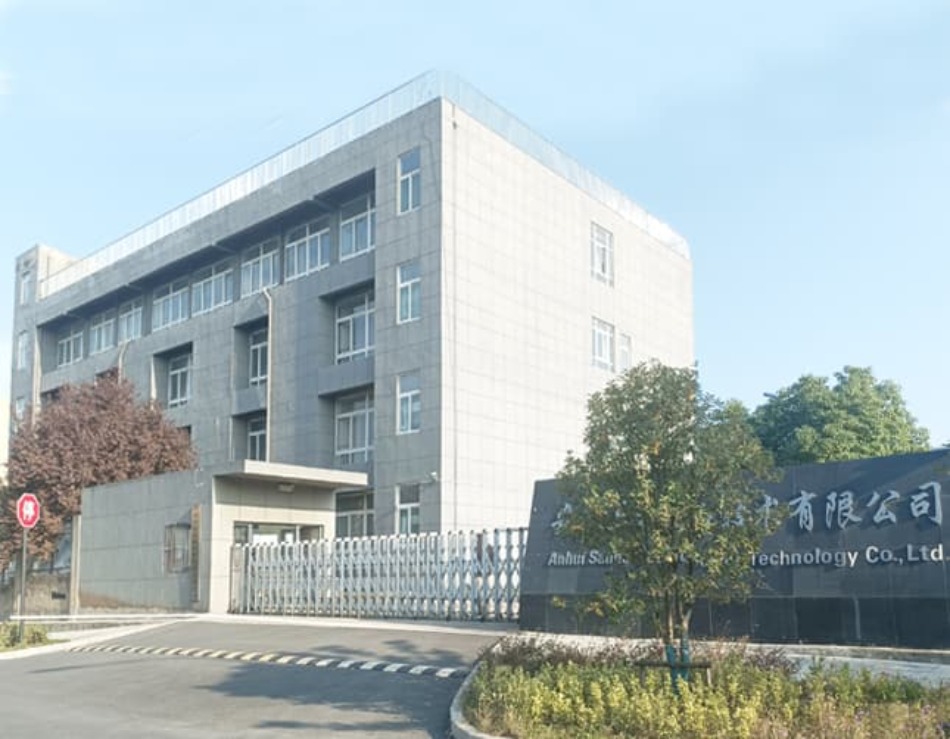
Phosphate plays an indispensable role in agriculture and industry. With the increase of population and the acceleration of industrialization, the demand for phosphate is expected to continue to grow. In the future, the development and utilization of phosphate will pay more attention to the sustainability of resources and environmental protection. At the same time, with the advancement of technology, the mining and processing efficiency of phosphate is expected to improve, and the comprehensive utilization of resources and circular economy will become an important direction of development. Therefore, the requirements for technological innovation are becoming more and more important. MINGDE has always believed that only through continuous hard research and full communication with people from all walks of life in the mining industry, MINGDE will definitely bring better choices to the ore sorting industry.